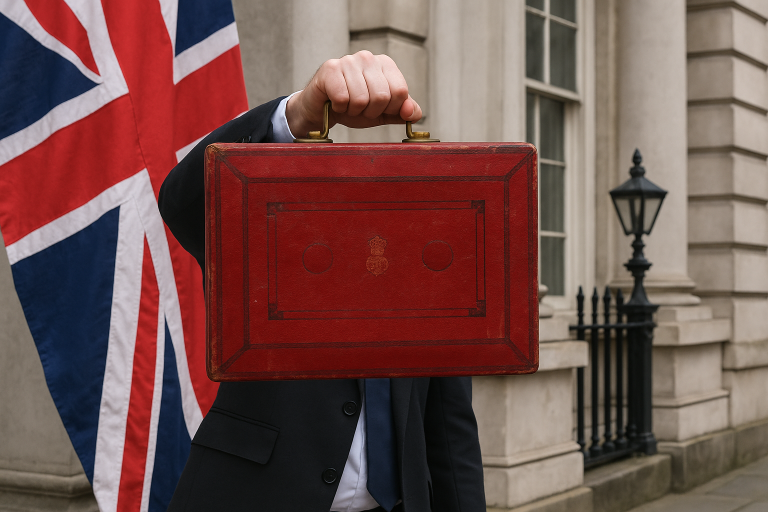The UK government recorded borrowing of £18 billion ($24.4 billion) in August, the highest for the month in five years and well above the £12.5 billion forecast by the Office for Budget Responsibility (OBR).
The figure, published by the Office for National Statistics (ONS), highlighted the challenges facing Chancellor of the Exchequer Rachel Reeves ahead of the November budget.
After five months of the fiscal year, the deficit reached £83.8 billion, £11.4 billion above projections and the second-highest level since records began in 1993, behind only the pandemic year of 2020.
Deficit pressures mount with revisions and weak receipts
The rise in August borrowing was not only larger than expected but was also compounded by revisions to the previous four months.
Those revisions added £5.9 billion to the deficit, much of it due to weaker-than-estimated VAT receipts and higher borrowing by local authorities.
Overall revenue so far this fiscal year is £6.1 billion lower than OBR projections, while spending is roughly aligned.
The current budget deficit, which excludes capital spending, stood at £62 billion in the first five months — £15 billion higher than expected.
Reeves’ pledge to limit borrowing to investment purposes has been undermined by these figures.
Analysts note that the gap leaves little fiscal room for manoeuvre, restricting options to support growth without increasing taxes or cutting expenditure elsewhere.
The data underscores how fragile the recovery remains, with public finances stretched by competing economic priorities.
Debt interest and spending climb
The ONS reported that the deterioration in public finances was driven by increased spending on public services, welfare benefits, and debt interest.
In August alone, debt interest payments reached £8.4 billion, £1.9 billion more than a year earlier.
Since the start of the fiscal year, these payments totalled £49.9 billion, a figure close to the size of the annual defence budget.
Public sector net debt now stands at 96.4% of GDP, half a percentage point higher than a year ago and at levels last recorded in the early 1960s.
Markets react as borrowing challenges grow
The release of the borrowing figures triggered market moves. Sterling fell 0.5% to $1.3492, its lowest since 8 September.
The yield on 10-year gilts rose three basis points to 4.71%, while the 30-year yield increased four basis points to 5.55%.
Reeves had been on track earlier in the year as stronger tax receipts helped offset higher spending, but the August data created a setback.
With a budget due on 26 November, she is expected to announce tax rises worth billions to compensate for higher borrowing costs, policy changes, and a likely downgrade of growth by the OBR.
The post UK budget faces pressure as deficit widens on higher borrowing appeared first on Invezz

